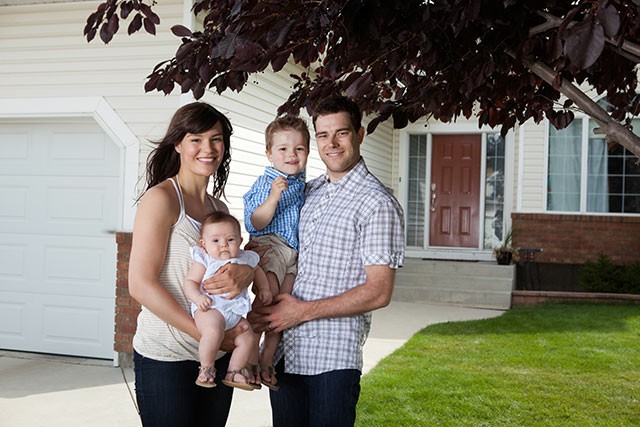
Moving to a new city or suburb can be daunting, but you can settle your nerves with a little research before you leave. These tips will help you learn more about local school systems, facilities, and other features of your new community.
Find Out About Local Schools
Most Australian cities and suburbs have several local schools to choose from. As a newcomer to the area, how do you know which one to choose?
The MySchool website, developed by the Australian Curriculum, Assessment and Reporting Authority for the Australian Government, is a great starting point. It allows parents to view profiles of around 10,000 public and private schools across the country and compare them with others considered “statistically similar.” Some critics argue the groupings aren’t always fair, but the site does give a reasonable indication of how big schools are, how they perform in literacy and numeracy tests, and the amount of funding they receive.
Parents may like to use MySchool in conjunction with The Australian newspaper’s Your School page. It allows parents to compare schools with others in the local area or other Australian locations. The cold, hard facts these websites present are arguably more useful than the glossy brochures used to sell schools or the gossip of parents.
Research Local Crime
It can be scary thinking about potential crimes in your new community, but a little research before you move could help settle your nerves. State and territory government departments offer the most reliable resources in this area.
If you’re moving to New South Wales, head to the state’s Bureau of Crime Statistics and Research. The department’s interactive NSW Crime Tool maps assaults, homicides, robberies, and other crimes across the state. In South Australia, there’s Crime Mapper, a resource provided by state’s Office of Crime Statistics and Research. It’s not as up to date as New South Wales’ crime tool, but it will give some indication of safe areas and crime hotspots. Other states and territories have similar departments with their own publicly available records.
Discover More about Local Businesses
Getting a handle on the local businesses in your area will help you get a better picture of what your daily life might be like. True Local is a great online resource for finding eateries, beauty services, tradespeople, and shops in any area across Australia. It offers addresses, phone numbers, and maps along with business ratings and reviews. This handy feature lets you know which businesses might become favourites and which are best avoided.
The Yellow Pages has also come a long way in recent years. The physical books might get used as doorstops rather than information resources these days, but the website is a great source of dynamic content. The familiar ads and contact details are still there, but Yellow Pages also has ratings and reviews supplied by Yellow Pages members and Yelp users. The “At a Glance” section is great for getting a feel for a business in an instant.
Learn More About Public Facilities
Communities are about more than schools and shops though. It’s the spaces in between that turn a suburb into a community, like the park where you’ll have picnics and the oval where you’ll watch your kids playing footy. Council websites are the best places to find out about these important community features. Conduct an Internet search for your new location and “council” and you should find your local council’s website pretty quickly.
It can take some effort wading through information about building development processes and waste management schemes, but you should soon find information about local sports stadiums and athletics fields, theatres, public pools, dog-friendly exercise areas, cycle ways, and heaps more. Council websites also have information about upcoming events in the local area. Make sure to mark a few in your calendar so you can start mingling with your neighbours when you arrive.
There are a lot of features on council websites, but it’s worth taking the time to read through them. The facilities they discuss will typically make your new home feel like a community rather than just somewhere to live.
Get a Feel for the Place
These resources can give you a sense of your new community’s components, but they can’t quite convey what makes it tick. For this, you’ll need to discover a great online community.
Nabo is a good place to start. It’s a relatively new social network designed to help residents meet their neighbours. Because it’s only been around since 2014, you may find your suburb’s network is quite small, but that intimacy can ensure you won’t get lost in the crowd. Use the site to get to know your neighbours and their perspectives on the place you’ll soon live.
There are also Facebook groups for residents of most major suburbs. Many of these are known as closed groups, which means you’ll need to apply to join, but few people with complete social media profiles are ever turned away. Once you’re accepted, make sure to introduce yourself to start making connections.
Local blogs are another great resource. Search the Internet for your city’s name and blog to find sites dedicated to a city’s restaurants, community events, and lifestyle. The posts can give you real insight into what it’s like to live as a local in your new area.
Do your research early and you’ll feel much more confident as you embark on your next adventure in your new community.